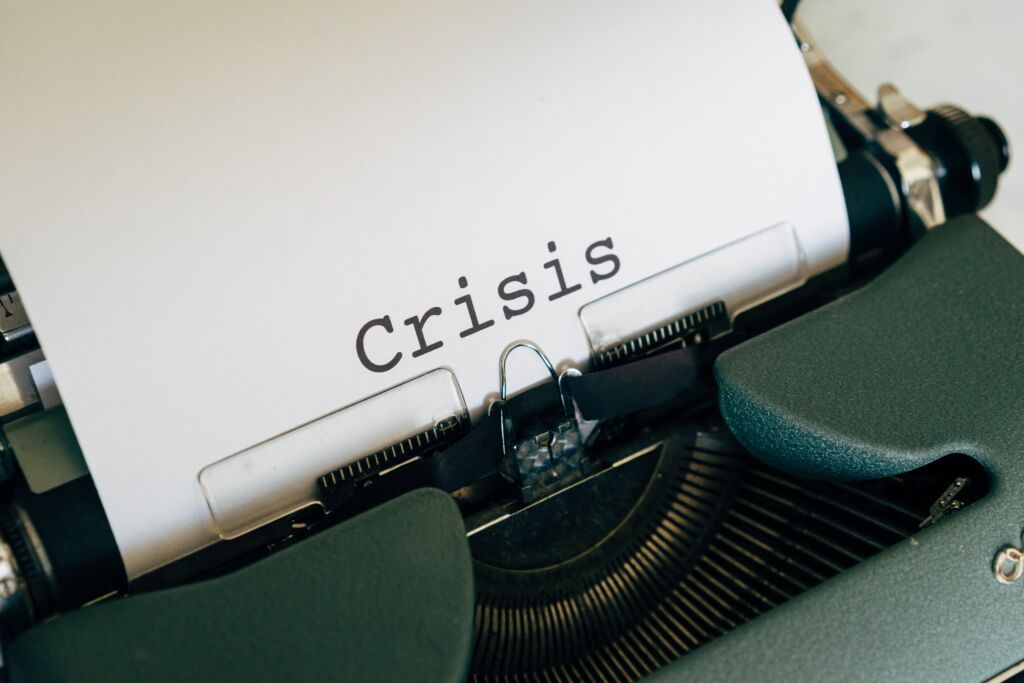Interact Communications and Shasta College Director of Marketing and Outreach, Peter Griggs, recently sat down to discuss the crisis management strategies Griggs used when Shasta College became an emergency shelter during the seventh-largest wildfire in modern California history. Keep reading as we list six tips for managing crisis situations, along with insightful excerpts from the interview.
Listen to the full interview here.
1. Keep Your Crisis Communication Flexible

Remember that every crisis is different, and things won’t always go as planned:
“You know, having listened to other PIOs around the state and the nation and some of the disasters they’ve run into, each one has been different. Even though there are some consistencies in what we can lay out when you have something happen, the preparation is really more your training and how you’re going to adapt in that situation.”
2. Rely on Your Team and Community Network for Crisis Communication

“You need to stop and think: ‘What plans do I have in place? What are my resources? What are the tools that I need? Who would I call?’ And call those people.
“Networking is going to be critical when something like this happens. In an event like this, you’re going to be part of a huge community that you serve. So right now I would encourage you: contact your sheriff, contact your local fire department, find out who their PIOs are.”
3. Be Ready to Adapt Your Crisis Communication on the Fly

“And from there, how do you prepare? You really can’t. You adapt on the fly. And a lot of what I experienced during that week’s time was simply dealing with the crisis as it unfolded.”
4. Take Time to Create Cohesive Crisis Communication Messaging

“We did everything from traditional press releases [to] trying to notify people specifically about the college. […] We had international media that came on, Nightline, the BBC. I actually FaceTimed at one point over to England. […] We had a wide variety of media and interviews. The questions: ‘Are you still open? What are you seeing? What are you in need of?’ And so we were handling a lot of those types of media inquiries.
“I coordinat[ed] those messages so that we had a consistent message that was going out. […] I would come in on the evenings and spend my time just responding to our Facebook messaging that was going on.”
5. Utilize the Tools You Already Have … Like Your Cell Phone!

“If there’s one tool that I can encourage [everyone] out there to look at right now, [it’s] your cell phone…it will become your most trusted and valuable piece of equipment.
“[Sometimes] you’re in the moment, you don’t have time to go back and grab your DSLR [camera]. And I’m a photographer, right? You want those great pictures, but you have to grab what you have at the moment you have it.
“[Also] have in that cell phone all of the cell numbers—I have my president’s cell phone number on this—you know, your VPs, your head of security, your facilities manager. Because we were in constant communication.”
6. Know that Recovery will Reach Beyond Rebuilding Your College Community

Crisis communication in the moment is just the beginning:
“All of us as a community will go through a period of grief… This will be far-reaching beyond just the rebuilding of our community, of the physical structures. […] This has a lot to do with the emotional health [and] I have to say, in being part of the long-term recovery and having gone through the initial emergency, the Redding community, the Shasta community, is amazing in the outpouring of help that is still going on.
“Sometimes you never realize how strong you are until you’re tested, and the Redding community is definitely strong.”



